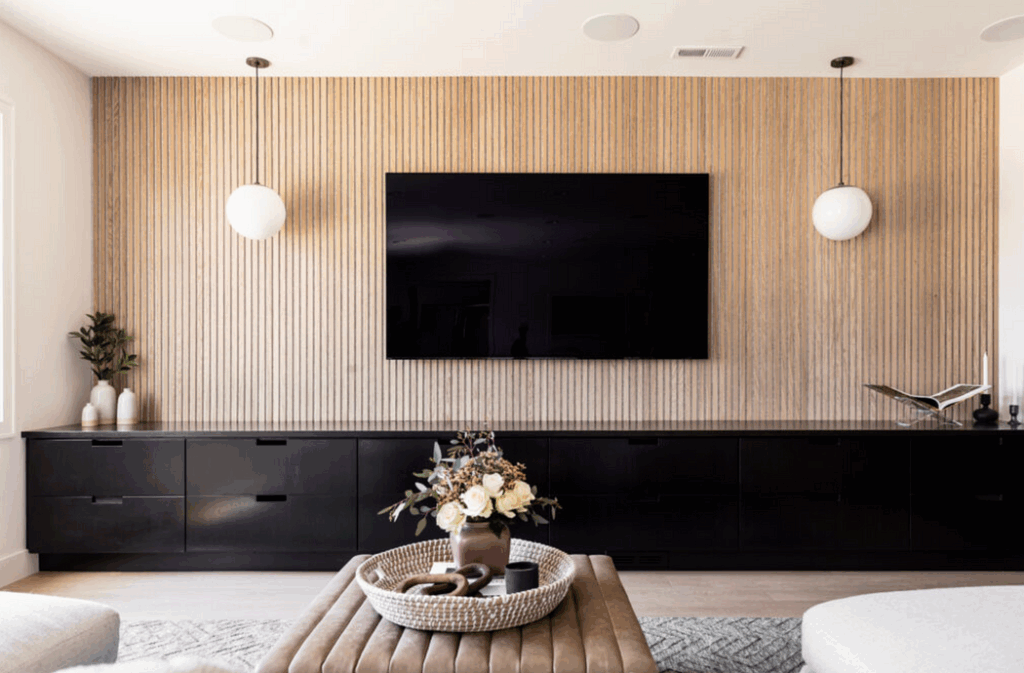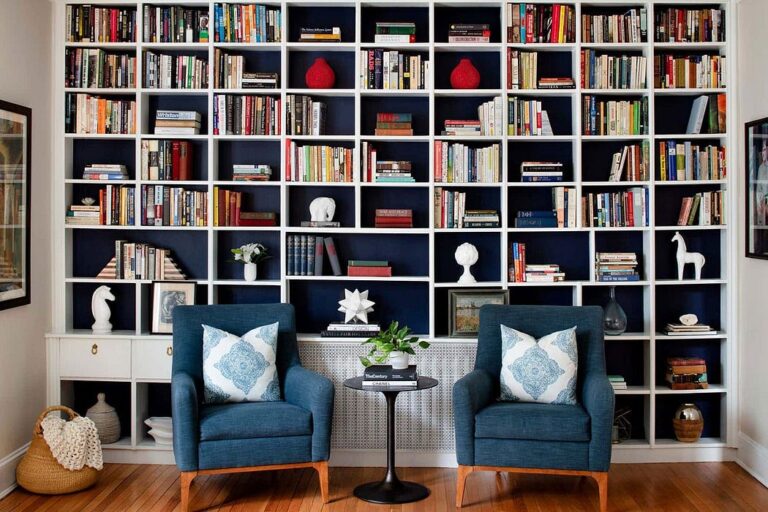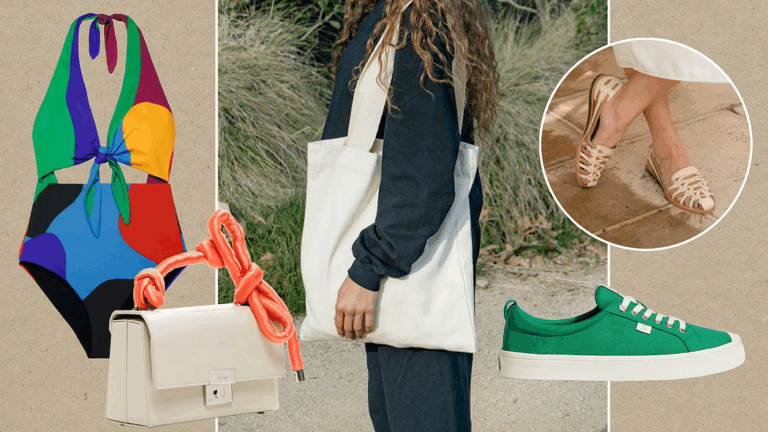Mood Boards to Real Rooms: Turning Inspiration into Interior Reality


4 min read
·
1 day ago

Every great interior design journey starts with a spark of inspiration — a magazine clipping, a Pinterest scroll, or a color swatch that feels just right. But translating those dreamy mood boards into real, functional spaces is where the magic (and the challenge) truly lies. Mood boards give us the freedom to explore possibilities, while the actual design process calls for intention, curation, and adaptability.
Transforming a collection of images into a livable space is about bridging the gap between aesthetic vision and the practical needs of daily life. With a few strategic steps and the right tools, your mood board can evolve into a home that not only reflects your personality but also supports your lifestyle with beauty and purpose.
Start with a Focused Vision
Mood boards are powerful because they help you see your ideas in one cohesive visual format. As you gather inspiration, focus on identifying the recurring elements — color palettes, textures, shapes, and moods — that naturally emerge. This helps define your design narrative and ensures consistency across your space.
Whether your aesthetic leans toward minimalist Scandinavian neutrals or maximalist layers of jewel tones and patterns, your mood board should communicate that intention clearly. Group images by room or function and note key details: Does your chosen palette evoke calmness or energy? Are you leaning toward vintage touches or sleek contemporary lines?
When you’re clear on your design story, it becomes easier to make purposeful choices when selecting pieces, from wall colors to throw pillows.
Translate Visual Inspiration into Tangible Pieces
Once your visual theme is set, it’s time to move from concept to curation. Start with foundational pieces like furniture and lighting, then build in layers of texture, color, and decor. One of the best ways to bring your mood board to life is by seeking out décor that matches the mood you’ve curated.
Collections like those found at Emelline offer a beautifully versatile range of home accessories, from sculptural vases to contemporary mirrors and textured throws. Their designs align easily with many popular mood board aesthetics, making the transition from vision to reality seamless.
A muted velvet cushion or artisanal ceramic planter might have been a highlight on your board — now it’s time to bring those pieces home.
Balance Practicality with Personality
It’s easy to fall in love with a design trend when building your mood board, but real life often requires a few adjustments. What looks amazing in a styled photo might not suit your household needs or spatial limitations. That’s where balancing beauty with practicality becomes essential.
If your board features a luxurious all-white living room but you have toddlers or pets, consider how to preserve the mood while using more forgiving fabrics and tones. Swap delicate materials for stain-resistant ones or layer whites with natural textures for added durability.
Similarly, be mindful of scale and layout. A sprawling sectional that looks great in a mood board might overwhelm a smaller room. Adapt your selections to your space while staying faithful to your design essence.
Layer in Depth and Detail
Mood boards often feature a mix of macro and micro elements — the sweeping drama of a wall color next to the intricate weave of a basket. Recreating this dynamic in your actual space involves paying attention to layers. Once you have your major pieces in place, incorporate styling elements like textiles, lighting, wall art, and greenery.
Use contrasting textures and varied materials to add richness. Think boucle chairs against marble side tables, woven baskets under brass fixtures, or linen curtains paired with reclaimed wood. These combinations bring dimensionality and a sense of lived-in charm to the room.
Adding thoughtful accents from curated collections like Emelline helps you elevate your room with subtle elegance. These finishing touches are what transform your home from a basic replica of an inspiration board into a place that feels distinctly yours.
Don’t Be Afraid to Evolve
Design is rarely linear. What begins as one idea often morphs during the process, influenced by budget, availability, or personal growth. And that’s okay — great interiors evolve. A mood board is your compass, not a contract.
Leave room for spontaneity. Sometimes an unplanned antique find or a bold paint color not on your original board adds the soul your space needs. As long as the overall aesthetic feels cohesive and intentional, a little deviation can actually enrich the final result.
Allow your mood board to be a guidepost that grounds your decisions, but don’t let it restrict your creativity. Trust your instincts and stay open to discovery.
Celebrate the Process
Designing a home from a mood board is a deeply personal and rewarding journey. It’s a process of clarifying your taste, understanding your needs, and watching your ideas take physical form. Every cushion placed, every sconce installed, is a step closer to creating a space that’s more than just beautiful — it’s meaningful.
So whether you’re crafting a reading nook inspired by cozy cottagecore vibes or building a sleek, minimalist kitchen filled with light and function, trust that the details you loved on your board can come alive in your space. With thoughtful selections and quality pieces, like those from Emelline, your home can embody your vision in every corner.
In the end, interior design isn’t just about replicating inspiration — it’s about infusing it with your life, your energy, and your story. That’s where the real transformation happens.










Leave a comment